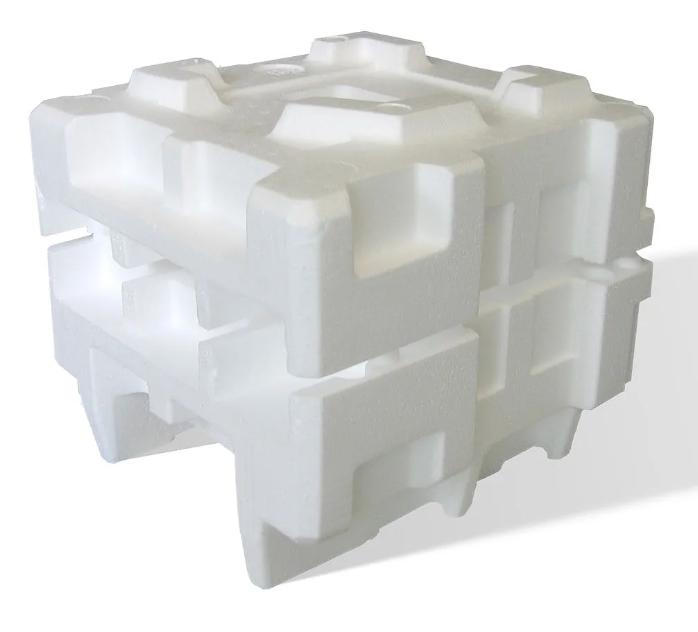In today’s world, where environmental sustainability is increasingly crucial, finding efficient ways to manage waste materials like recycling expanded polystyrene foam (EPS) is essential. EPS, often known by the brand name Styrofoam, poses challenges due to its lightweight and non-biodegradable nature. This guide explores the methods and benefits of recycling EPS to minimise its environmental impact.
Understanding Expanded Polystyrene Foam
Expanded polystyrene foam is a lightweight and rigid plastic material widely used for its excellent insulation properties. It is commonly found in packaging for electronics, food containers, and as protective packaging for fragile items. Despite its benefits, EPS is challenging to recycle conventionally due to its low density and composition.
Challenges in EPS Recycling
One of the primary challenges in recycling EPS is its volume. Due to its lightweight nature, EPS takes up significant space in landfills if not properly recycled. Additionally, its composition makes it difficult to compact and transport efficiently. These challenges highlight the importance of dedicated recycling efforts and infrastructure.
Methods of Recycling EPS
There are several methods for recycling EPS, each aimed at reducing waste and reusing the material effectively. Mechanical recycling involves compacting and shredding EPS into small beads, which can then be melted and moulded into new products. Chemical recycling breaks down EPS into its chemical components for reuse in other applications. Both methods contribute to reducing the environmental footprint of EPS disposal.
Utilising Styrofoam Recycling Bins
To encourage recycling, many communities and businesses provide styrofoam recycling bins for convenient disposal of EPS products. These bins are specifically designated for collecting EPS materials, ensuring they are diverted from landfills and directed towards recycling facilities. Utilising these bins helps streamline the recycling process and supports local recycling initiatives.
Environmental Benefits of EPS Recycling
Recycling EPS offers significant environmental benefits. By diverting EPS from landfills, it reduces the volume of waste and conserves valuable landfill space. Recycling also saves energy and resources that would otherwise be used in the production of new materials. Additionally, recycled EPS can be transformed into various useful products, extending its lifecycle and promoting circular economy principles.
How Individuals Can Contribute
Individuals can contribute to EPS recycling efforts by supporting local recycling programs and using designated recycling bins. Properly sorting EPS materials from other waste streams ensures they can be effectively recycled. Raising awareness about EPS recycling and its environmental benefits within communities encourages broader participation and improves recycling rates.
Conclusion
In conclusion, recycling expanded polystyrene foam is an integral part of sustainable waste management practices. By understanding the challenges and methods of recycling EPS, individuals and businesses can play a crucial role in conserving resources and reducing environmental impact.

